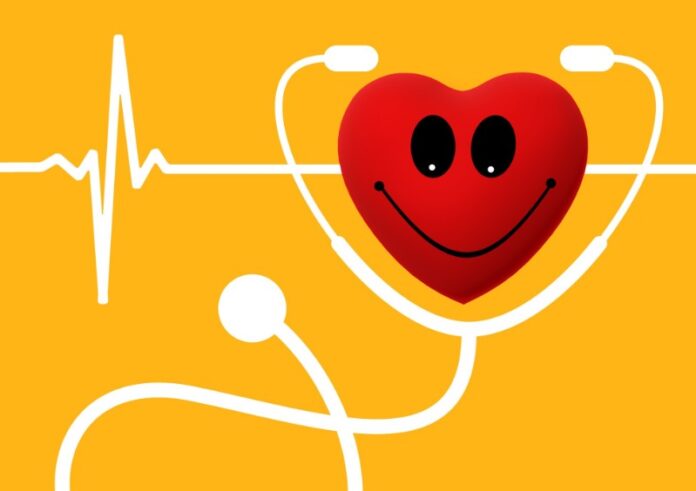Do you have an enlarged or bulging leg vein?
If you have venous problems, you may have vascular disease. Vascular disease refers to the condition that surrounds and connects the body’s veins, arteries, and capillaries.
If you are concerned about your vascular health, then you want to know possible treatments available to you. Having this information when it comes to vascular disease allows you to make better decisions when it comes to your health.
Read this guide to learn everything you need to know about venous disease treatment.
1. Lifestyle Changes
Making some simple lifestyle changes can help to prevent or treat vascular disease.
Giving up smoking is one of the most important things you can do for your vascular health. Smoking damages the walls of the veins and arteries, making them more susceptible to disease.
Eating a healthy diet and maintaining a healthy weight are also important. Excess weight can strain the veins and arteries, and a healthy diet can help keep them functioning properly.
2. Exercise
Exercise has many benefits for those with vascular disease, including improved blood flow, lower blood pressure, and improved heart function. Additionally, exercise can help with weight, which can further improve vascular health.
For those with vascular disease, it is important to consult with a doctor before beginning an exercise program to ensure that it is safe and effective.
3. Medication
There are many ways to treat vascular disease, but one of the most important is through medication. Medication can help to improve blood flow, lower blood pressure, and reduce cholesterol levels. It is essential to work with a doctor to determine the best medication for your situation.
4. Non-Invasive and Interventional Procedures
One common treatment is angioplasty, which is a minimally invasive procedure that opens blocked or narrow blood vessels. This can be done with or without stents, which are metal tubes that are placed in the vessel to keep it open.
Vascular and interventional radiology is another option. This type of radiology uses minimally invasive techniques to treat conditions of the veins and arteries. This means that the procedures are less invasive, have less risk of complications, and are often more successful than traditional surgeries.
Another common treatment is thrombolysis, which is the use of medication to dissolve blood clots. This can be done with intravenous medications or catheters that deliver the medication directly to the clot.
5. Surgery
Surgery can help to improve blood flow and circulation, as well as reduce the risk of future cardiovascular problems. It can also be used to treat an aneurysm or other vascular abnormalities.
This can include carotid artery surgery, which is a procedure to remove plaque from the arteries. This can help to improve blood flow and reduce the risk of stroke.
What is the Best Way to Treat Vascular Disease for You?
Vascular disease is a serious condition that should be treated by a medical professional. There are many ways to treat vascular disease, and the best treatment plan depends on the individual.
Some common treatments include lifestyle changes, medications, surgery, and interventional procedures. It is important to work with a medical team to create a treatment plan that is right for you.
You can also take care of your heart and your vascular system by living a healthy lifestyle. Check out our blog for more information on how to keep your body healthy!










